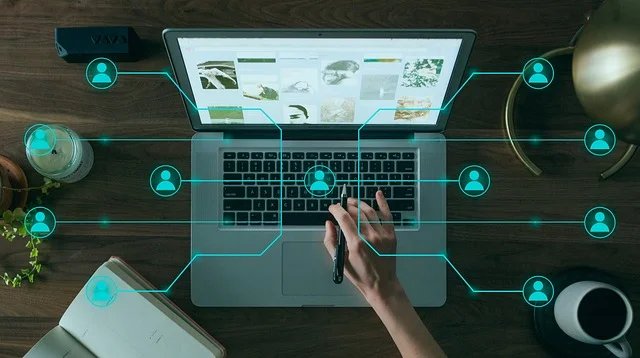EdTech Trends That Are Changing Learning Forever
Technology is no longer just a support tool in education—it’s at the heart of a massive transformation. The way we teach and learn has evolved more in the past five years than in the previous fifty, thanks to groundbreaking EdTech trends that are rewriting the future of education.
Let’s explore the powerful innovations that are changing learning forever.
1. AI as the New Teaching Assistant
Artificial Intelligence in EdTech is not just a trend—it’s a paradigm shift. AI-driven learning platforms assess students' strengths, weaknesses, and pace in real time. This allows them to adapt the lesson path for each learner individually.
For instance, if a student struggles with algebra but excels in geometry, the platform will slow down for algebraic topics while advancing through geometry. This level of personalization was impossible in traditional classrooms. AI also powers smart tutors, automated grading systems, and chatbots that provide instant help with doubts—reducing pressure on teachers and enhancing the student experience.
2. Immersive Classrooms with VR & AR
Virtual Reality (VR) and Augmented Reality (AR) are creating deeply engaging, hands-on learning experiences. Instead of reading about ancient Rome, students can walk its streets in 3D. Biology students can explore the human body from within. History becomes visual, science becomes interactive, and learning becomes unforgettable.
This immersive approach not only boosts retention but also helps students grasp abstract and complex concepts—especially useful in STEM education and medical training.
3. Gamification: Learning That Feels Like Play
Gamification adds a fun, competitive edge to learning by incorporating elements like points, badges, leaderboards, and levels. This technique taps into learners’ natural motivation and curiosity, making even the driest topics feel rewarding.
For example, a language learning app might reward daily progress with achievement badges, encouraging users to stay consistent. When students feel like they’re playing a game instead of studying, their attention, engagement, and retention improve drastically.
4. Microlearning for Modern Attention Spans
Today’s learners prefer short, focused lessons that they can consume in between tasks, during commutes, or over a coffee break. Microlearning delivers bite-sized content—typically 5 to 10 minutes long—targeted at specific skills or concepts.
This format is especially popular in corporate learning and upskilling environments where time is limited and flexibility is key. It also suits digital natives who are used to consuming content quickly on mobile devices.
5. Real-Time Collaboration Beyond Borders
EdTech platforms are breaking down classroom walls and connecting students around the world. Tools like Google Workspace, Zoom, and Microsoft Teams allow for group discussions, collaborative projects, and even international partnerships.
Students can co-write essays, debate ideas, or work on coding projects together—regardless of location. This encourages cultural exchange, global perspectives, and essential teamwork skills for the modern workforce.
6. Smart Analytics for Smarter Teaching
Data analytics is revolutionizing education by giving educators deep insights into student performance, engagement patterns, and learning gaps. Teachers can track how long a student spends on a task, which questions they struggle with, and when they’re most active.
With this data, educators can personalize instruction, intervene early with struggling students, and optimize lesson plans. In short, data is helping teachers teach better—and students learn smarter.
7. Mobile Learning: Knowledge in Your Pocket
The mobile-first generation wants flexibility, and EdTech is delivering. Students can now learn anywhere, anytime—whether it’s watching a video lecture on a bus or completing a quiz from their phone in bed.
This approach is particularly impactful in rural and underserved areas where access to full-time schooling is limited. With offline access, cloud storage, and mobile-optimized content, learning is truly at everyone’s fingertips.
8. AI Tutors & 24/7 Support Systems
AI tutors don’t sleep. They offer students the freedom to study at any hour and get immediate assistance. These virtual assistants can answer questions, explain difficult topics, and guide learners through practice sessions without the need for human intervention.
This not only reduces the dependence on a physical classroom but also builds learner confidence, especially for students who may be hesitant to ask questions in public.
The Takeaway: EdTech Is Not the Future—It’s the Present
These EdTech trends are doing more than just making education digital. They’re making it smarter, faster, more personalized, and more inclusive. Whether you're a student, educator, parent, or policymaker, one thing is clear:
The classroom has changed forever.
And we’re just getting started.




Comments (0)